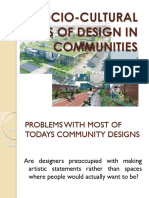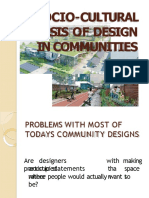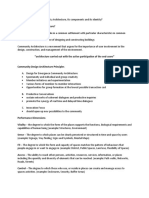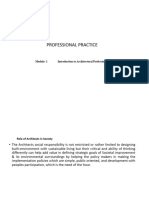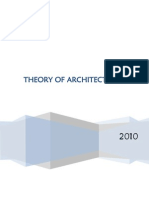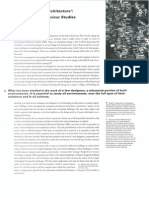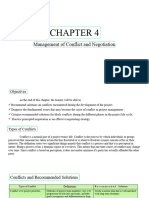0% found this document useful (0 votes)
60 views3 pagesArchitecture & Lifestyle Insights
This document discusses the relationship between architecture and lifestyle through analyzing 5 common words: behavior, conduct, habits, style of living, and religion. It explores how each word relates to both architecture and lifestyle. For example, it states that behavioral design in architecture can shape human behavior, and lifestyle behaviors result from cultural and socioeconomic contexts. It also discusses how codes of conduct guide architectural practice and maintaining healthy habits leads to a healthy lifestyle. The document argues that architecture should evolve to provoke changes in lifestyle, be more inclusive, and allow for public interpretation and mobility.
Uploaded by
CHILLHOP MUSICCopyright
© © All Rights Reserved
We take content rights seriously. If you suspect this is your content, claim it here.
Available Formats
Download as PDF, TXT or read online on Scribd
0% found this document useful (0 votes)
60 views3 pagesArchitecture & Lifestyle Insights
This document discusses the relationship between architecture and lifestyle through analyzing 5 common words: behavior, conduct, habits, style of living, and religion. It explores how each word relates to both architecture and lifestyle. For example, it states that behavioral design in architecture can shape human behavior, and lifestyle behaviors result from cultural and socioeconomic contexts. It also discusses how codes of conduct guide architectural practice and maintaining healthy habits leads to a healthy lifestyle. The document argues that architecture should evolve to provoke changes in lifestyle, be more inclusive, and allow for public interpretation and mobility.
Uploaded by
CHILLHOP MUSICCopyright
© © All Rights Reserved
We take content rights seriously. If you suspect this is your content, claim it here.
Available Formats
Download as PDF, TXT or read online on Scribd
/ 3























